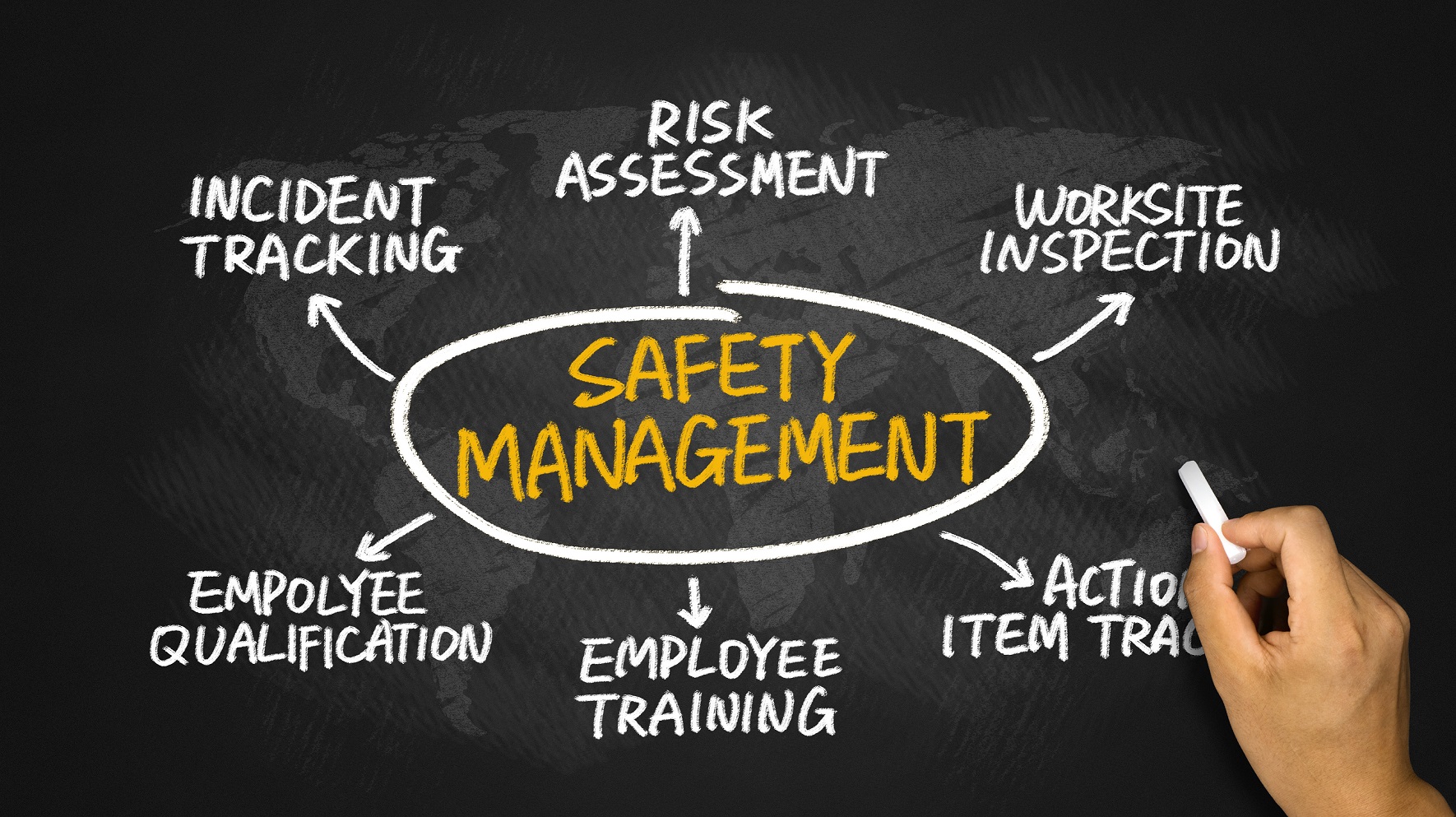Safety Leading Indicators
One of the key metrics for safety professionals are EHS leading indicators and they are a frequent topic of discussion due to the fact that they can have a major impact on safety performance, and their importance to developing a mature safety program. Lagging indicators provide a historical view about an organization’s safety program, these include metrics such as incident rates and days away, restricted or transferred (DART). leading indicators aid an organization to proactively look at the signs that may precede an incident or problem.
Look at What Your Peers Are Tracking
There is no “standard” when it comes to the leading indicators that an organization should track. They can vary widely by industry and the specific risks that each site is exposed to. However, the leading indicators that are included in EHS Today’s National Safety Survey can provide an idea as to what many safety professionals are tracking in their organizations. The annual survey gathers data from several hundred safety leaders about their opinions on the state of the safety field and the issues that they face.
The top five leading indicators according to the 2018 National Safety Survey by percentage of respondents are:
1) Near misses: 82%
2) Employee audits/observations: 80%
3) Participation in safety training: 78%
4) Inspections and their results: 76%
5) Participation in safety meetings: 68%
All of the above are safety initiatives or reported activities on the part of employees and supervisors. A decline in any of these is an indication that safety knowledge is not being retained, or that workers are becoming complacent and less vigilant when it comes to seeing hazards and being responsible for safety. These are all warning signs that the risk of an incident may have increased.
Look at What You’re Already Tracking and Your Hazards
The leading indicators above are an excellent starting point for any organization. To go beyond these, check out the Campbell Institute’s white paper on leading indicators, which includes suggestions for narrowing down which numbers and activities to track. Two suggestions from the research are highlighted below.
What is your organization already tracking, Can these leveraged as leading indicators.
For example, you may already be recording the percentage of workers attending refresher safety training courses. You could verify if this number has any correlation with incident rates, and if so, set a goal to have 100% of workers engaged in refresher safety training.
What are the top hazards in your organization, track leading indicators to address these.
Are slip, trip and fall hazards frequently reported? If so then your organization should consider tracking the frequency of inspections. Set as a goal to inspect and clear walkways on a daily basis. This targeted leading indicator can encourage routine housekeeping behavior and reduce incidents related to slips, trips and falls.
IMEC Technologies provides Safety Management Software to increase worker safety and aid compliance. IMEC’s Safety Management Software will manage inspections and audits, provides hazard identification, incident reporting, management of corrective and preventative actions from generation to closure. IMEC provides lock out tag out software solutions that will allow users to create lockout tagout procedures using an intuitive Mobile App and Manage Lockout Tagout Procedures, also the Review and Execution of those Lockout Tagout Procedures using the Mobile App. Annual Lockout Tagout Procedures audits are conducted using a Mobile App. The Mobile Inspection App allow users to perform inspections and audits, for example the system can be used as a Fire Extinguisher Barcode Inspection Software system to manage monthly fire extinguisher inspections and general fire safety inspections and also to record safety observations and manage corrective actions, anywhere and anytime. The solution can be used as a fire extinguisher barcode inspection software system or life safety inspection system to aid compliance in Higher Education, Healthcare, Industrial and Commercial Organizations. Benefits from a Fire Extinguisher Barcode System include the elimination of paperwork and reducing the burden of compliance with regulations such as NFPA, The Joint Commission. The Incident Reporting App allows users to easily and quickly report incidents, hazards and near-misses, these are then sent to the appropriate people for action and are managed to closure. Web Apps provide features such as, setup, management, scheduling tools, analysis, reporting and dashboards etc with the ability to report incidents to government bodies such as OSHA and RIDDOR. HazMat T&T is a hazardous waste management software solution designed for Environmental Service Companies and companies who generate a large quantity of hazardous waste. The solution tracks hazardous waste from cradle to grave aiding compliance, providing accurate waste inventory, increasing waste handling efficiency, reducing risk and also helps manage waste costs. HazMat T&T Hazardous Waste Management Software can be deployed in a number of deployment scenarios, from Large Hazardous Waste Generators, tracking their hazardous waste at their site to Environmental Service and Waste Management Companies using it track and manage hazardous waste at transfer and disposal sites. For more information visit our website www.imectechnologies.com

